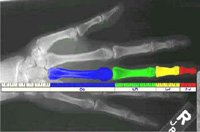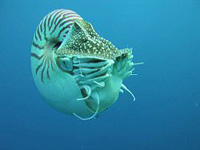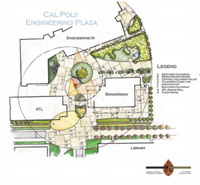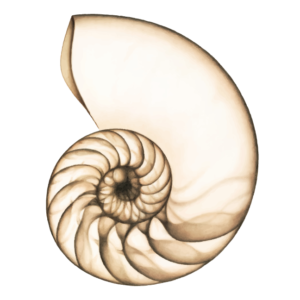Brief Explanation of The Fibonacci Sequence
Described by the famous Italian mathematician Leonardo Fibonacci in 1202, the Fibonacci sequence describes a series of numbers that grows in perfect symmetry by adding together the previous two numbers within the sequence. The sequences are prevalent both in nature and in classic architectural design and create geometrically flawless patterns and proportions that relate to the Fibonacci Spiral.
Why The Nautilus Shell is Dr. Denton’s Logo
Dr. Denton chose the nautilus shell as the logo design of his cosmetic procedure clinic because of its beauty and balance and due to the symbolic relationship between facial plastic surgery and Fibonacci’s sequence. The shell of the nautilus – an ocean-dwelling cephalopod – is an example of the Fibonacci Spiral occurring in nature. Incidentally, the nautilus shell also happens to mimic the letter “D”.
The Sequence in Nature & Man-made Structures




